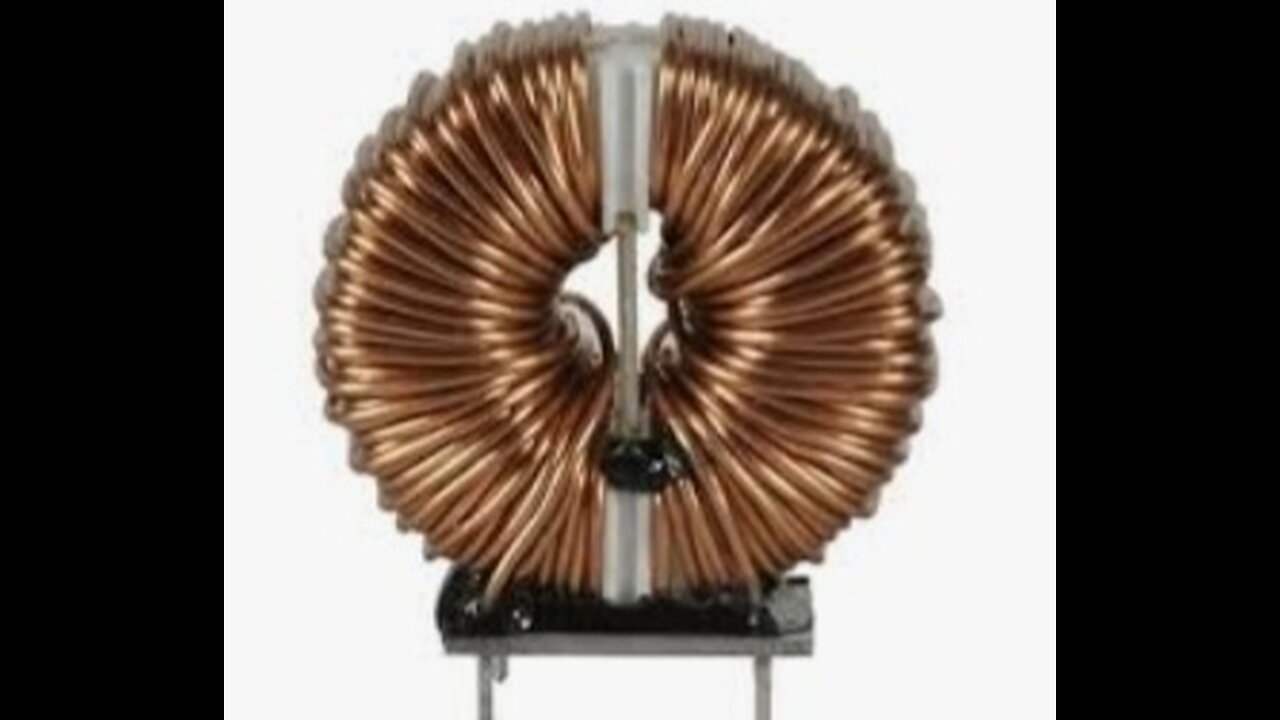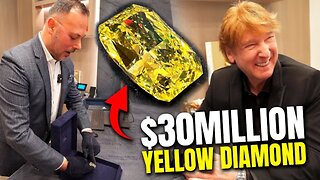Premium Only Content

ELECTRIC GENERATOR: Simple explanation
An electric generator is a device that converts mechanical energy into electrical energy. It works through electromagnetic induction, which is the process by which an electric current is generated in a driver when it moves within a magnetic field.
Types of electric generators
There are several types of electric generators, including:
1. _ Continuous current (CC) _: generates a constant electric current.
2. _ Alternate current (CA) _: generates an electric current that changes direction periodically.
3. _ Synchronous_ generator: Use a rotating magnetic field to generate electricity.
4. _ Asynchronous Manager_: Use an induced magnetic field to generate electricity.
5. _ Induction generator_: Use a magnetic field to induce an electric current in a driver.
Components of an electric generator
A typical electric generator consists of the following components:
1. _Estator_: The fixed part of the generator containing electric windings.
2. _rotor_: The mobile part of the generator containing magnets or electromagnets.
3. _ Electric Devanados_: The conductors that carry the electric current generated.
4. _imanes or electromagnets_: the components that generate the magnetic field.
Applications of electric generators
Electric generators have a wide variety of applications, including:
1. _ ELECTRIC CENTRALS_: generate electricity for the electricity grid.
2. _ Portable generators_: They are used to generate electricity in emergency situations or in remote areas.
3. _ ELECTRICAL VEHICLES_: They are used to generate electricity to propel electric vehicles.
4. _ Renewable Energy Systems: They are used to generate electricity from renewable energy sources, such as solar or wind energy.
-

Game On!
14 hours ago $0.97 earnedSuper Bowl champion Kellen Moore signs with the Saints!
7.51K1 -
 20:41
20:41
Producer Michael
19 hours agoMEET THE MAN WHO BUYS THE WORLDS MOST EXPENSIVE DIAMONDS
28.5K9 -
 14:19
14:19
Cooking with Gruel
15 hours agoBaking Soda and Beef
39.2K7 -
 9:41
9:41
Gun Owners Of America
1 day agoATF Is Using Facial Recognition AI To Track Gun Owners
27.5K13 -
 16:01
16:01
Clownfish TV
11 hours agoDisney Officially ENDS Reimagine Tomorrow DEI Program?!
18.9K5 -
 23:11
23:11
ArturRehi
1 day agoThe Truth about U.S. Aid to Russia
16.7K2 -
 1:43:13
1:43:13
MTNTOUGH Fitness Lab
19 hours agoMental Strength VS Physical Strength: What Elite Hunters Really Need (w/Remi Warren)
29.3K2 -
 2:27
2:27
BIG NEM
13 hours agoBalkan Trauma Explained to Africans: The Hidden Truth About Identity & History
36.9K5 -
 12:06
12:06
John Crump News
23 hours ago $1.03 earnedTwo Cases That Should Be Examined Under President Trump's Executive Order
27.9K4 -
 1:00:33
1:00:33
Trumpet Daily
21 hours ago $5.31 earnedThe Final Coup Attempt - Trumpet Daily | Feb. 11, 2025
23.3K25